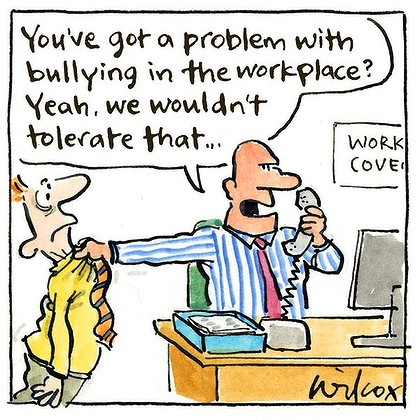Bullying in the context of the workplace
Bullying in the workplace is recognised, in Australia, as a health and safety issue and has been defined, in general, as “repeated, unreasonable behaviour directed towards a worker or a group of workers, that creates a risk to health and safety” (Australian Government Productivity Commission, 2010, p.288).
In the context of the work environment, bullying can take the form of sexual harassment, verbal and physical abuse, remarks about culture or ethnic background and gender-based issues. Whilst the media makes us aware of these sorts of behaviours, on an ongoing basis, very little coverage is given to what can be done by companies and employees to curb it.
How can this sort of behaviour be curbed?
Creating awareness of company policies on bullying, and enforcement of these policies throughout the organisation, is one of the best ways to highlight and deal effectively with this problem. This, however, should also be put across in such away that all employees are aware of the difference between performance management and bullying. Employees also have a responsibility to familiarise themselves thoroughly with the company’s policies, as well as acquainting themselves with the performance management procedures. In this way they will be less likely to confuse a reasonable mode of behaviour with an unreasonable one.
HR departments should also take responsibility for making managers aware of certain negatively-perceived behaviours, such as inappropriate tone of voice, and demeanour, when dealing with performance issues. The negative impact of unnecessary disciplinary proceedings on a manager’s financial bottom line, will also go a long way to placing the issue in a rational, objective light.
A general problem
Too often the general focus on bullying in the workplace is perceived as a hierarchical problem – that of conflict between a manager and one of his employees. However, it should be remembered that a great deal of bullying can occur on the office floor between employees on the same level. This sort of bullying more often takes the form of verbal abuse through the use of strong language, sexually inappropriate comments or humour, racial slurs and humiliating colleagues in front of others.
The key, in the long run, is education – on all levels. Familiarisation with what is appropriate and reasonable and what is not, along with a good dose of common sense, definitely goes a long way to highlighting or preventing bullying in the workplace.











